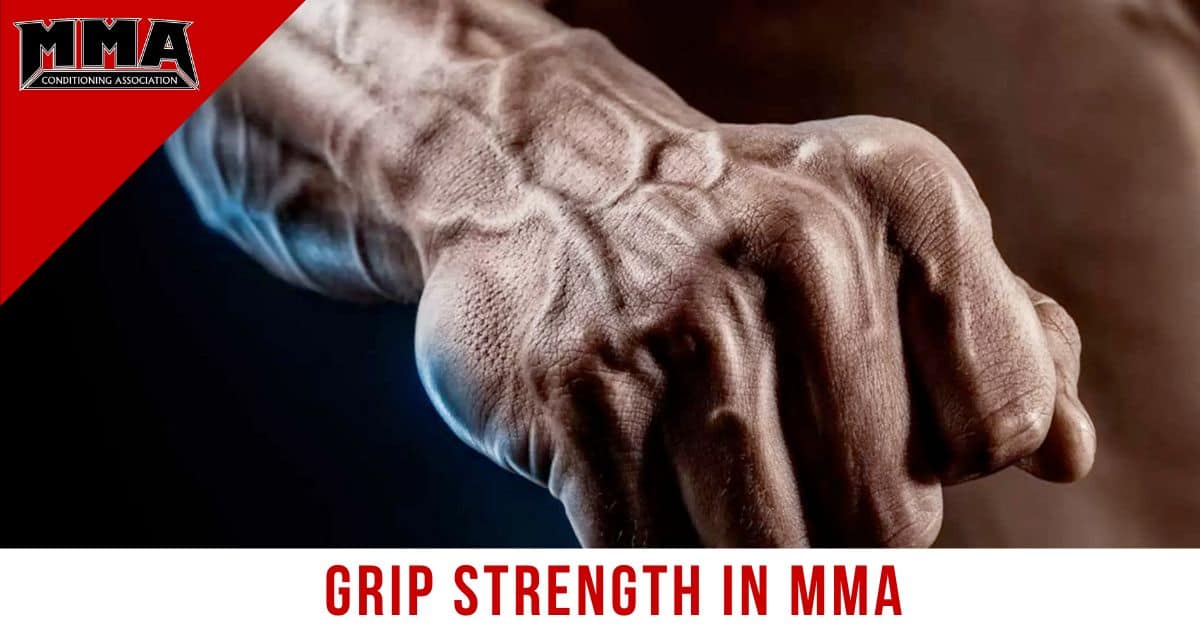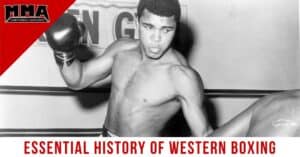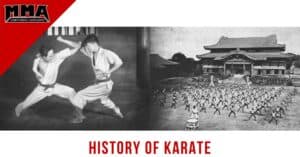Why Grip Strength for Martial Artists is Far More Important Than You Think
As a martial artist or a coach, you surely been involved in some discussion about the importance of grip strength. After all, G.I. Joe did have the kung fu grip! If you are a grappler, grip is critical. Without it, many offensive and defensive moves simply don’t work as well as they could. But what if there was something more to the story? What if grip strength was more than controlling your opponent? What if having strong and muscular forearms was more important than just making you look strong in a T-shirt?
Scientific Correlation Between Grip Strength, Overall Body Strength, and Longevity
The relationship between grip strength, overall body strength, and longevity is a topic of significant scientific interest. This report delves into the intricate correlation between grip strength and overall body strength, exploring the scientific evidence that links these factors to extended lifespan and better health outcomes.
Grip Strength as a Marker of Muscle Health
Grip strength serves as a valuable proxy for assessing overall muscle health and function. Muscles are a critical component of the body’s structural framework and metabolic processes. A strong grip is indicative of a robust musculoskeletal system, suggesting optimal muscle mass, endurance, and functionality.
The Research Linking Grip Strength to Longevity
Numerous studies have unveiled the connection between grip strength and longevity. Research published in the British Medical Journal highlighted that decreased grip strength is associated with an increased risk of mortality from all causes. This relationship persists even after accounting for other factors like age, gender, and body composition.
Muscle Mass, Metabolism, and Longevity
Grip strength serves as a surrogate measure for muscle mass, which is a crucial determinant of metabolism. Muscle tissue is metabolically active and contributes to energy expenditure, glucose regulation, and insulin sensitivity. Maintaining adequate muscle mass through grip-strengthening activities contributes to overall metabolic health, reducing the risk of chronic diseases that can shorten lifespan.
Functional Independence and Quality of Life
Strong grip strength translates to functional independence and enhanced quality of life, both of which are linked to longevity. Research published in the Journals of Gerontology found that individuals with stronger grip strength are more likely to remain physically active, maintain mobility, and perform daily activities without assistance as they age.
Cardiometabolic Health
The relationship between grip strength and cardiometabolic health cannot be overlooked. Studies have shown that individuals with stronger grips tend to have lower blood pressure, improved cardiovascular fitness, and favorable lipid profiles. Enhanced cardiovascular health contributes to longevity by reducing the risk of heart disease and related complications.
Neurological Significance
Grip strength also has neurological implications. A study in the European Journal of Applied Physiology demonstrated that grip strength is linked to cognitive function and brain health. Individuals with stronger grips often exhibit better cognitive abilities, potentially contributing to a longer and cognitively vibrant life. If you want to become the absolute top of the food chain, world class Certified MMA Conditioning Coach, you will also want to become a Certified Longevity Coach and Certified Brain Fitness Coach.
Lifestyle Impact
The association between grip strength and longevity is influenced by lifestyle factors. Engaging in regular strength training, physical activity, and a balanced diet rich in essential nutrients supports the development and maintenance of muscle strength. These lifestyle choices synergize with grip strength, enhancing overall body strength and extending lifespan.
Best Exercise to Develop Grip Strength
When it comes to building impressive forearm strength and aesthetics, these five exercises stand out as effective and targeted options. 1. Farmer’s Walk: A classic functional exercise, the Farmer’s Walk involves gripping heavy dumbbells or kettlebells in each hand and walking for a set distance or time. This exercise engages the entire forearm, strengthening both grip and wrist stability. 2. Wrist Curls: Performed with a barbell or dumbbell, wrist curls involve flexing the wrist upward and then lowering it back down. This isolates the forearm flexor muscles, contributing to enhanced grip strength. 3. Reverse Curls: Targeting the forearm extensor muscles, reverse curls are executed by gripping a barbell with an overhand grip and curling it upwards. This exercise balances the forearm muscles and complements the flexor-focused movements. 4. Hammer Curls: Like traditional bicep curls, hammer curls involve holding dumbbells with a neutral grip (palms facing each other) and curling them. This movement emphasizes both the biceps and the forearm muscles, enhancing overall arm aesthetics. 5. Towel Pull-Ups: Incorporating a towel into pull-up routines challenges grip strength further. By gripping the towel instead of a bar, you engage the forearm muscles intensely while also benefiting the upper body. Incorporating these exercises into your routine offers a comprehensive approach to forearm development, ensuring not only functional strength but also a visually appealing and well-balanced aesthetic.
What are the Muscles of The Forearms and What is Their Function?
- Flexor Digitorum Superficialis (FDS): This muscle lies just beneath the surface of the forearm. Its primary function is to flex the middle phalanges of the fingers (the second joints from the fingertip) when the wrist is stabilized. It assists in gripping and fine motor activities, like typing or playing musical instruments.
- Flexor Digitorum Profundus (FDP): Situated deeper within the forearm, the FDP is responsible for flexing the distal phalanges of the fingers (the third joints from the fingertip). It allows for gripping and control of finger movement, enabling actions such as writing and manipulating objects.
- Flexor Carpi Ulnaris (FCU): Positioned along the ulnar side (pinky side) of the forearm, the FCU flexes and adducts the wrist. This muscle contributes to movements that involve bending the wrist towards the palm, like when lifting objects or performing certain sports actions.
- Flexor Carpi Radialis (FCR): Found on the radial side (thumb side) of the forearm, the FCR is responsible for wrist flexion and abduction. It plays a role in actions such as lifting the hand upward and moving it sideways, often used during activities like weightlifting and racquet sports.
- Extensor Digitorum: Located along the back of the forearm, the extensor digitorum extends the fingers at the metacarpophalangeal joints (the first joints from the hand) and the wrist. This muscle is engaged when opening the hand and straightening the fingers, crucial for a variety of manual tasks.
- Extensor Carpi Radialis Longus (ECRL) and Brevis (ECRB): These two muscles, situated on the radial side of the forearm, are responsible for extending and abducting the wrist. They enable actions like bending the wrist backward and moving it sideways, aiding in lifting, pushing, and grasping activities.
- Extensor Carpi Ulnaris (ECU): Found on the ulnar side of the forearm, the ECU extends and adducts the wrist. It contributes to movements like bending the wrist backward and moving it towards the ulnar side, often utilized during gripping and lifting motions.
- Pronator Teres: Positioned closer to the elbow, the pronator teres rotates the forearm and pronates the hand, causing the palm to face downward. This muscle is particularly active when turning a doorknob or using a screwdriver.
- Supinator: Situated on the opposite side of the forearm from the pronator teres, the supinator rotates the forearm and supinates the hand, causing the palm to face upward. It counteracts the pronator teres’ action and is involved in actions like holding a tray.
These forearm muscles, working in harmony with each other, enable the intricate and precise movements required for countless daily tasks, sports, and creative endeavors. Whether gripping, flexing, extending, rotating, or stabilizing, the muscles of the forearm contribute to the remarkable dexterity and functionality of the human hand.
The scientific correlation between grip strength, overall body strength, and longevity is an intricate tapestry woven by the synergistic interplay of musculoskeletal health, metabolic function, cardiovascular well-being, and neurological vitality. As research continues to unveil the profound impact of grip strength on various aspects of health, it becomes evident that prioritizing muscle health through activities that enhance grip strength contributes not only to a longer life span but also to a life marked by vitality, independence, and overall well-being.





